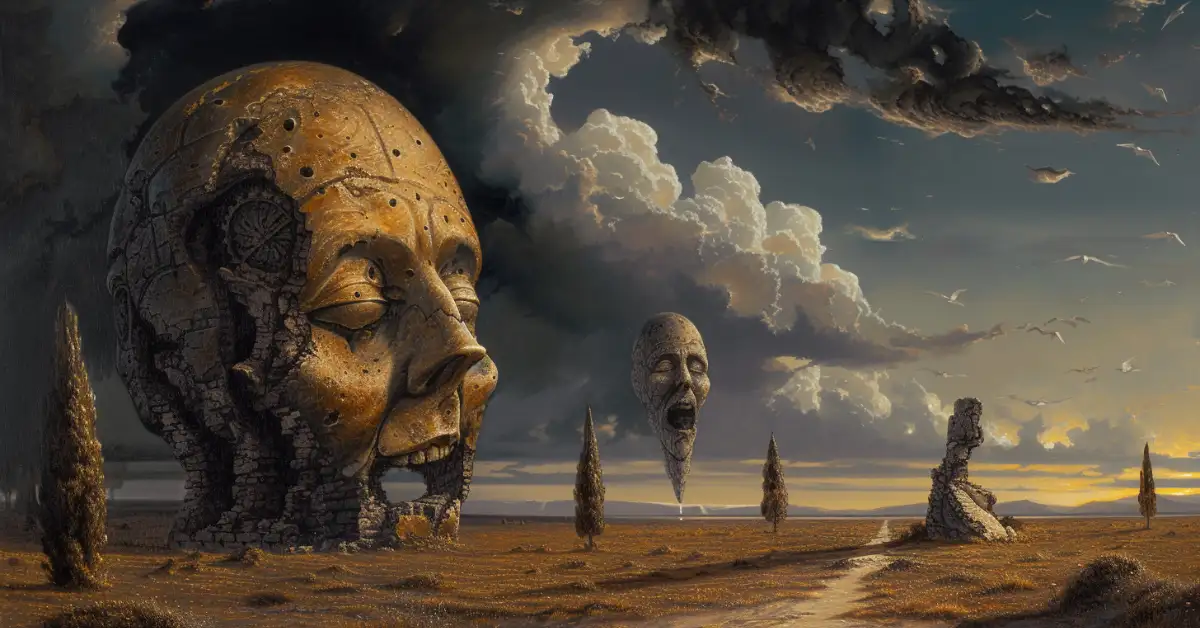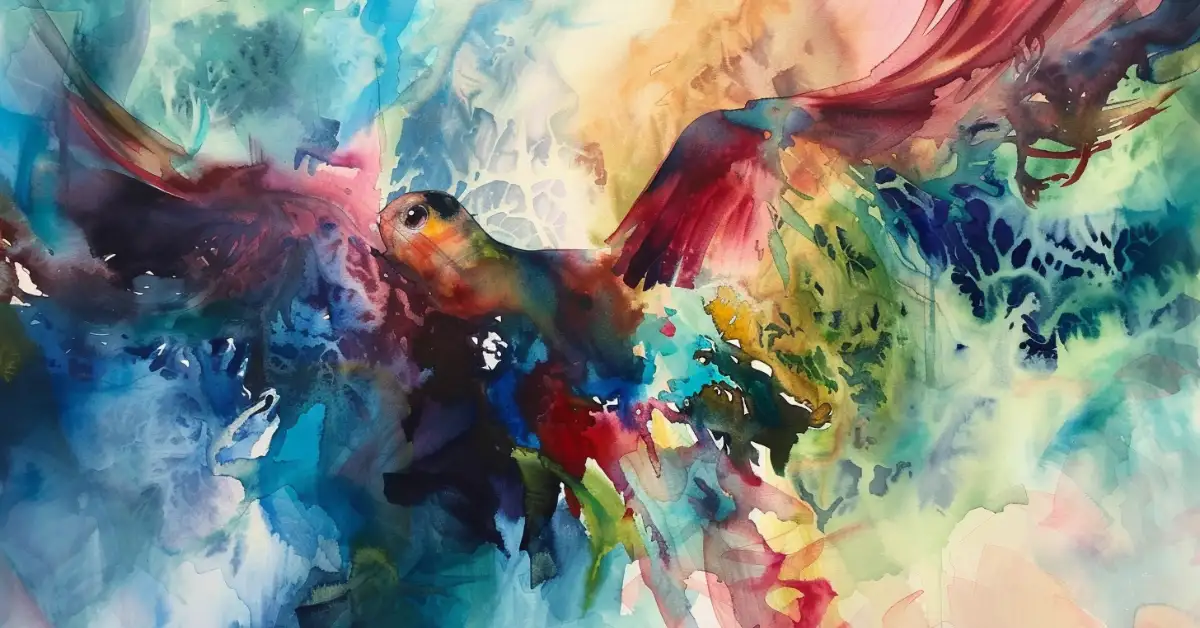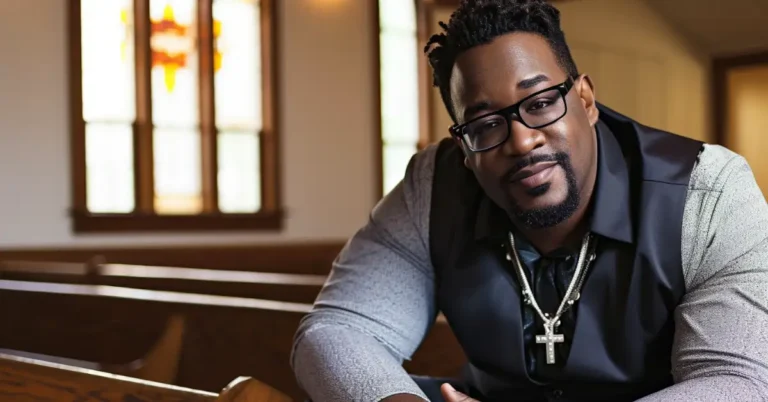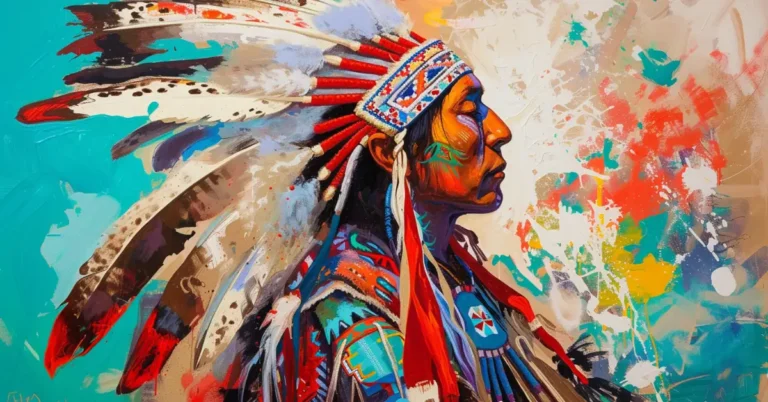Explore the world of contemporary surrealist artists, where dreamscapes merge with modern reality. This article delves into how today’s visionaries continue the tradition of challenging perceptions and exploring the unconscious, much like Salvador Dalí and René Magritte once did. Discover how surrealism’s legacy is kept alive through vibrant and thought-provoking artworks that invite you to question the ordinary and embrace the extraordinary.
What is Contemporary Surrealist Art?
Surrealist Art, historically, emerged from the turmoil of the post-World War I era, characterized by a fusion of wild imaginings and unconventional techniques. It was a movement that prized the irrational and the bizarre, often tapping into dreams to disrupt the conscious reality.
- Mediums: Unlike their predecessors solely reliant on paint and sculpture, these artists often employ digital media, installations, and even performance art.
- Themes: The themes can be as diverse as the mediums, discussing modern angst or commenting on social media’s influence—always with that touch of peculiar dreamscapes.
- Techniques: Innovations in technology have led to new techniques, forging paths unknown to the likes of Dalí or Magritte.
As a fan, I can’t help but be excited about where this daring artistic endeavor will take us next.
Prominent Contemporary Surrealist Artists
As a lover of art’s vivid and dreamlike realms, I’m thrilled to share some of the most innovative contemporary surrealist artists. These individuals are not just carrying the torch of surrealism; they’re setting the art world ablaze with their fresh twists on the genre.
1. Alexandra Gallagher
Renowned for her captivating and mystical self-portraits, Alexandra Gallagher creates visual masterpieces that celebrate the subconscious and serendipitous occurrences. Her work often reflects a collage of nature intertwined with the human figure, exuding a dreamy aura that is purely surreal.

Magpie Mural
2. Julie Curtiss
Julie Curtiss stands out in the realm of contemporary surrealism with her playful yet provocative exploration of the human condition. Her use of bold colors and sharp contrasts embodies her unique spin on 21st-century surrealism.

Appetizer, 2017
3. Nam Das
A breathtaking newcomer, Nam Das employs a blend of traditional and digital mediums to create surreal landscapes that suggest a narrative beyond the visual. His work takes us on a peculiar journey through spaces that are at once alien and somehow deeply familiar.

A Thousand Suns
4. Penny Slinger
Penny Slinger has made a tremendous impact with her articulate expressions of female identity. Her work, often considered surrealistic, boldly explores and redefines the human body, pushing the boundaries of photography and collage into new, uncharted territories.

5. Seb Janiak
The art of Seb Janiak is rich with celestial and metaphysical symbolism, incorporating elements of photography and digital manipulation. Janiak’s compositions are a harmonious blend of reality and imagination, opening doors to otherworldly dimensions.

6. Michael Vincent Manalo
As a talented creator of surreal and dystopian scenes, Michael Vincent Manalo crafts hauntingly beautiful worlds through photography and photo manipulation.

7. Mary Reid Kelley
Mary Reid Kelley, together with her partner, produces engrossing videos that marry painting, performance, and a distinctive poetic language. Her surreal narratives, set in stark black-and-white, explore historical periods through a satirical lens.

8. Ming Ying
With an ethereal approach, Ming Ying‘s surrealistic paintings carry a softness that belies a subtle depth. Ying’s works are populated with fantastical creatures and scenarios that gently nudge us to look beyond the ordinary world.

9. Inka Essenhigh
In the canvasses of Inka Essenhigh, you will find a dynamic and fluid interpretation of surrealism where figures and forms are in constant motion, as if alive. Essenhigh’s stunning use of color and form transports viewers to sweeping otherworldly landscapes.

Surrealist Techniques and Mediums
Contemporary surrealist artists wield a fascinating array of techniques and mediums to bring forth a world of dreams and subconscious wonders. From painting to film, each medium opens a unique portal into the surreal.
Painting and Sculpture
Surrealist painting often showcases techniques like automatism, which allows the artist to bypass conscious thought and access the imagination directly. Biomorphic shapes and dark, dream-like scenes characterize many works in this genre. Julie Curtiss is an artist who exemplifies this in her paintings, with works that twist the every day into the unexpected.
Sculpture, on the other hand, helps artists like Nam Das render fantasies into tangible forms. These three-dimensional pieces can perplex and enchant, playing with recognition and form to narrate visual stories.

Photography and Film
In photography, surrealists often compose images that juxtapose the ordinary with the bizarre. This medium has the ability to freeze the fleeting moments where reality seems to slip into the realm of fantasy.
Film, as a dynamic medium, offers even more possibilities. It allows artists to craft extended narratives where the surreal can unfold over time, sometimes incorporating elements of both performance and traditional filmmaking.

Collage and Installation Art
Collage is another medium through which artists splice together the unexpected to create something new. It’s all about the art of combining disparate images to evoke a sense of wonder.
Installation art provides an immersive experience. Through installations, contemporary surrealists can transform entire spaces into dreamscapes, inviting viewers to step inside their wildest imaginations and explore.

Themes in Contemporary Surrealist Art
I’m fascinated by the creative minds of contemporary surrealist artists. They masterfully weave together the abstract notions of the unconscious with tangible reality, producing stunning visual narratives. Their artwork invites us to question and ponder—as every brush stroke and sculpted detail are laden with profound symbolism and allegories.
Exploration of the Unconscious
My journey through contemporary Surrealism has shown me that the unconscious mind is an endless wellspring of inspiration. These artists tap into psychoanalytic theories, pulling content from the deep recesses of the subconscious to create artworks that defy rational explanations. Their canvases become a playground where the conscious and the unconscious converge, emanating the uncanny and revealing hidden fears and desires.
Interplay of Reality and Dreams
One thrilling aspect I observe is the seamless blend of reality with the dream world. Contemporary surrealist artists construct scenes where the ordinary is skewed by elements of fantasy, creating perplexing dreamscapes. This interplay provokes an eerie feeling as if one has stepped into a paradoxical narrative where the familiar is now fantastical. Art becomes a mirror for the subconscious dream state, blurring the lines between what’s real and what’s born from the depths of imagination.
Symbols and Allegories
In the realm of contemporary Surrealism, symbolism reigns supreme. Every object and form is layered with meaning—symbols serve as the language bridging thoughts and emotions from the subconscious to the canvas. The use of allegory is instrumental, presenting complex ideas through visually compelling stories. Themes of love, fear, transformation, and the mysteries of the human condition are common. Surrealist artworks become a tapestry of metaphors that challenge me to decipher an implicit language of the mind.

The Influence of Surrealism in Modern Culture
I’ve noticed that the echoes of surrealism are still vivid in today’s culture. Captivating the imagination, contemporary surrealist artists tap into the rich legacy of a movement that has transcended art to influence modern culture in profound ways.
Surrealism in Popular Culture
The ripple effect of surrealism on pop culture is unmistakable. From Magritte’s iconic apple-faced men to Dali’s melting clocks, the imagery is imprinted on our collective consciousness and continuously resurfaces in everything from music videos to fashion. Advertising often employs surrealism’s juxtaposition of the ordinary with the bizarre, creating a lasting impact on viewers. Surreal concepts even permeate children’s shows, illustrating that creatures like unicorns or post-apocalyptic landscapes live on as symbols of the fantastical and the avant-garde.
- Notable Examples:
- Music Videos: Lady Gaga’s avant-garde costumes in “Bad Romance”
- Fashion: Alexander McQueen’s runway shows
Impact on Modern Art Movements
Surrealism’s influence is not confined to commercial outlets but extends deeply into modern art movements. It carved a path for the development of art that delves into the collective unconscious, a concept introduced by psychoanalysis, which informs much of the contemporary surrealism art narrative. Today, artists draw on surrealism not only to entertain but to challenge viewers, pushing the envelope in a manner reflective of the political liberation movements of the past.
- Movement Influences:
- Pop Art: Andy Warhol’s ability to turn the mundane into the extraordinary
- Postmodern Art: Incorporation of surreal motifs like mirrors and animals to question reality
The essence of surrealism pulses through the veins of modern-day creativity, with each brushstroke and pixel carrying forward its revolutionary spirit.

My Favorite Exhibitions and Collections
Discovering the works of contemporary surrealist artists has been an exhilarating journey for me. From the iconic metropolitan galleries to the vibrant art scene of Los Angeles, I’ve been privileged to witness a fusion of the bizarre and the beautiful that defies reality.
Galleries and Museums
- The Metropolitan Museum of Art: Always a treasure trove for art enthusiasts, the Met has hosted sublime exhibitions where the legacy of surrealism continues to thrive. It’s here that I’ve seen modern pieces that echo the enigmatic magic of past masters, connecting past and present.
- Art Institute of Chicago: With an impressive array of artworks, especially within the modern wing, the Institute is a sanctuary for those seeking the avant-garde and the surreal.
Private and Public Exhibitions
- Los Angeles Surreal: The L.A. art scene is electric with exhibitions showcasing contemporary surrealist artists. From private galleries off the beaten path to large-scale public displays, the city pulses with creativity.
- Intimate Views: Private exhibitions often deliver powerful experiences, offering a closer look at the surreal creativity of today’s artistic minds, often prompting a more personal connection with the artworks.

Historical Context of Surrealism
I’m thrilled to explore how contemporary surrealist artists are drawing from a rich historical tapestry, weaving the fantastical imaginings of early 20th-century visionaries into the fabric of their own groundbreaking work. Surrealism’s history is a chronicle of rebellion, innovation, and profound introspection, setting the stage for modern interpretations.
Origins and Influences
The Surrealist movement, born from the embers of World War I, was a collective gasp for freedom and expression in a society choked by the soot of disillusionment. It was a direct offspring of Dada, a prior avant-garde movement that challenged the conventions of art with its nonsensical and nihilistic pulse. Artists like René Magritte and Salvador Dalí were swept up in this current, each pushing against the boundaries of reality in their work. Influenced heavily by the psychoanalytic works of Sigmund Freud and Carl Jung, Surrealism delved into the unconscious to surface dreams and untamed thoughts onto canvas and paper.
Surrealist Manifesto
In 1924, André Breton laid the foundation for the movement with his Surrealist Manifesto, an intellectual ignition switch that defined Surrealism as “psychic automatism in its pure state.” This declaration of artistic and philosophical intent championed a creative process free from the control of reason—ushering in a period where artists such as Max Ernst and Frida Kahlo would render dramatic inner landscapes that challenged societal norms.
Prominent Figures from the Past
Surrealism’s legacy wouldn’t be as rich without its revolutionary figures. The eccentric Salvador Dalí, with his emblematic melting clocks, and Max Ernst, whose experimental techniques astonished the art world, are particularly noteworthy. They existed among a pantheon that includes Frida Kahlo, whose personal traumas and passionate cultural commentary were vividly depicted in her work. Other notable artists like Leonora Carrington and Joan Miró contributed to the enduring impact of the movement with their unique interpretations and remarkable penchant for dream-like imagery.
FAQ – Contemporary Surrealist Artists
Are there Surrealist artists today?
Yes, there are many contemporary artists who are enriching the surrealist tradition with their work. Some modern surrealist artists include Julie Curtiss, Dominique Fung, and Marian Williams, among others, who are creating art that continues the legacy of surrealism with new perspectives and techniques. These artists are part of a vibrant community that keeps the surrealism movement alive and evolving.
What is contemporary Surrealism?
Contemporary Surrealism is a modern extension of the Surrealist movement that originated in the early 20th century. It continues to explore the imagination and the unconscious mind, often depicting bizarre, dream-like, or fantastical scenes. Today’s artists incorporate a range of new techniques and mediums, reflecting current issues and ideas while maintaining the spirit of challenging reality and conventional artistic boundaries. Contemporary Surrealism can be seen in various forms of art, including painting, sculpture, digital art, and installations.
Who is the most popular Surrealist artist?
The most popular Surrealist artist is often considered to be Salvador Dalí, known for his striking and bizarre images and for iconic paintings like “The Persistence of Memory.”
What is modern art Surrealism?
Modern art Surrealism is an artistic movement that began in the early 20th century, characterized by works that juxtapose unexpected elements to express the unconscious mind, dream states, or irrational experiences. It seeks to challenge conventional perceptions of reality and explore the creative potential of the subconscious.
If you liked this blog post about the topic: “Contemporary Surrealist Artists”, don’t forget to leave us a comment down below to tell us about your experience with it.
If you want to keep reading more from us, have a look at these articles.





